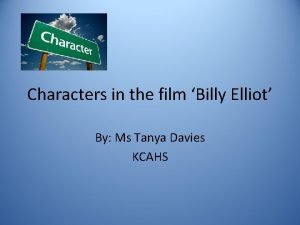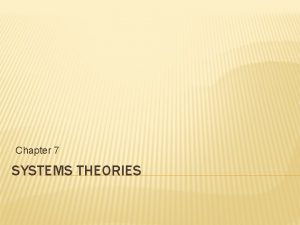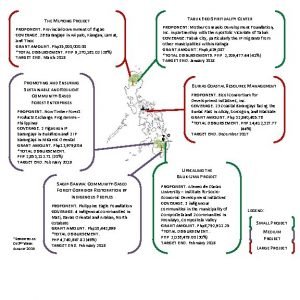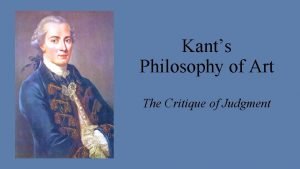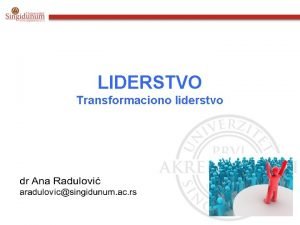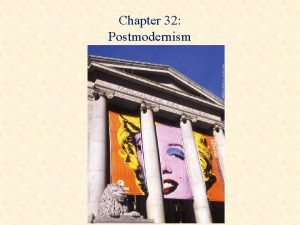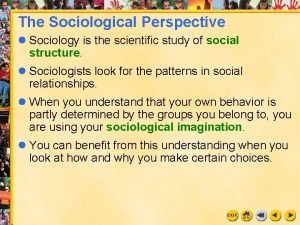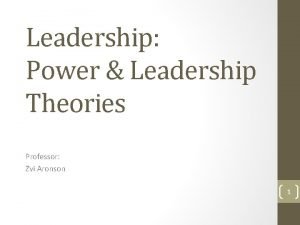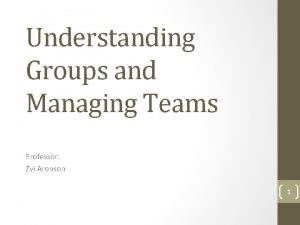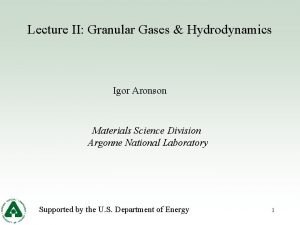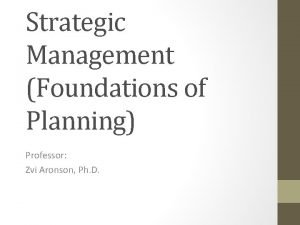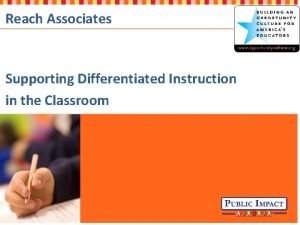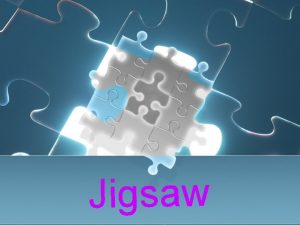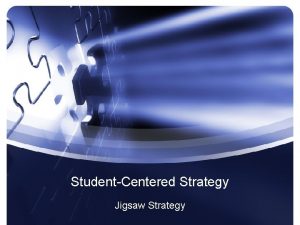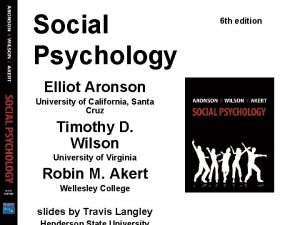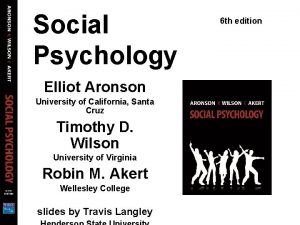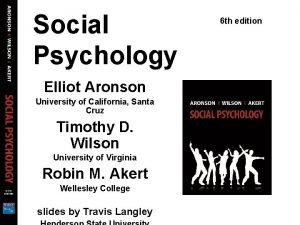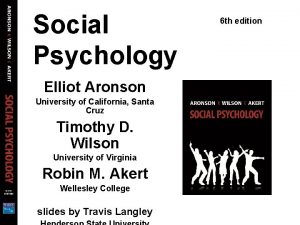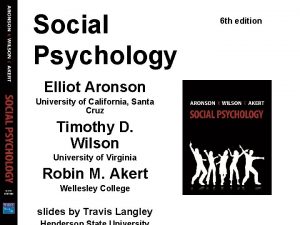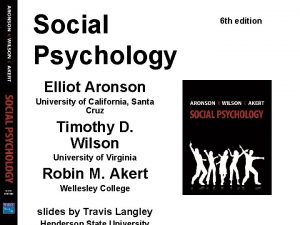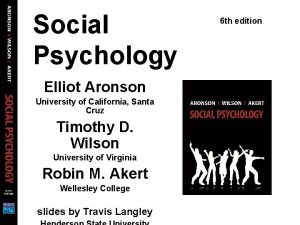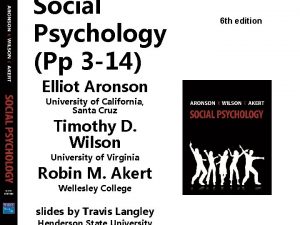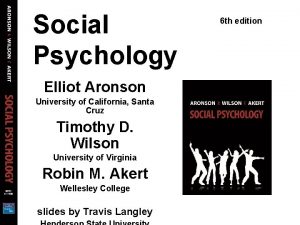Expert Jigsaw Expert Jigsaw Proponent Elliot Aronson 1












- Slides: 12

Expert Jigsaw

Expert Jigsaw Proponent: Elliot Aronson 1. 2. A Cooperative Learning Strategy Belongs to the Social Family of Mo. T

Expert Jigsaw The main idea: Break a specific task into simple parts requiring group-mates to become experts with their part and to share their knowledge with the rest of the group, till everyone in the group knows the entire material.

1. 2. 3. Preparation Decide on a Jigsaw lesson only if the content that has 3 -6 equivalent segments or parts (e. g. tests of a true prophet) Compile the material (simplify if necessary; number each part) Make appropriate number of copies for the CL groups (e. g. , if you have a 5 -part lesson, and 30 students, make 6 copies

1. 2. Preparation Cut the segments and clip/staple together each set in order as in the original Remember to make an additional set for the “overflow” number of students

Procedure Phase 1: Base Group Focus The class is divided into “home” groups according to the number of parts in the lesson (no more than 6); each member receives a jigsaw material and silently reads.

Procedure Phase 2: Expert Group Focus Those with the same material in each group meet as “expert” groups to discuss the topic.

Procedure Phase 3: Base Group Refocus The base group gathers again and each member shares with other members what they learned. All the group members MUST know the entire content.

Procedure Phase 4: Assessment The teacher assesses the class by questioning.

Let’s visualize. . .

Advantages 1. 2. 3. Sets a positive and interactive environment Leads students to value each other as contributors to the common task Efficient way to learn the material

Advantages 4. 5. Encourages listening, engagement, and empathy (social skills) Engages every student
 Main characters in billy elliot
Main characters in billy elliot Who is the proponent of polysystem theory
Who is the proponent of polysystem theory Project proponent meaning
Project proponent meaning Art as a disinterested judgement ppt
Art as a disinterested judgement ppt Proponent značenje
Proponent značenje John cage is the proponent of chance music
John cage is the proponent of chance music Who was an early proponent of functionalism
Who was an early proponent of functionalism Aim of direct method
Aim of direct method Andrea reger
Andrea reger Zvi aronson
Zvi aronson Igor aronson
Igor aronson Corporate strategy examples
Corporate strategy examples Jigsaw differentiated instruction
Jigsaw differentiated instruction
